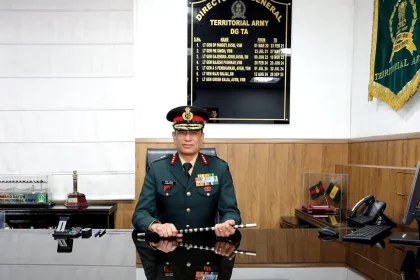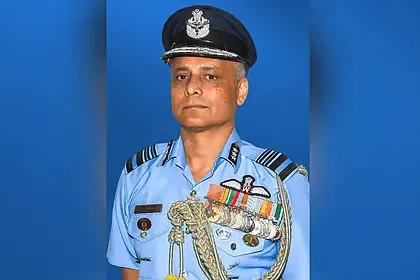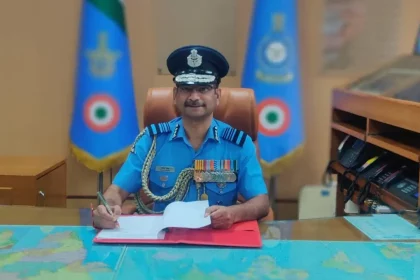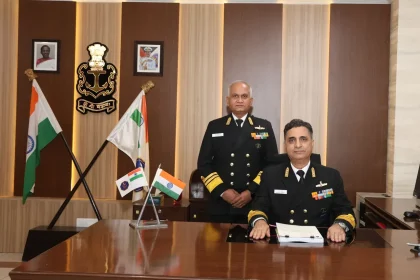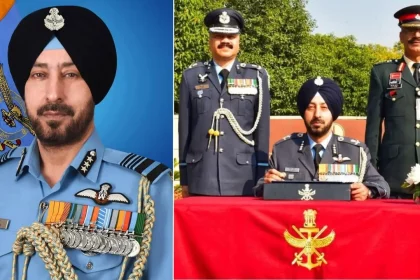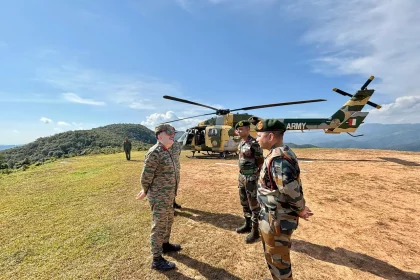Lieutenant General Girish Kalia Takes Charge as Director General of Territorial Army
Seasoned Madras Regiment officer assumes charge, pays tribute at National War Memorial.
Air Marshal Samir Jayasinha Pendse Assumes Charge as Senior Air Staff Officer, Training Command
Veteran helicopter pilot with 5,100 accident-free flying hours takes over key leadership role in Training Command.
Air Marshal Yalla Umesh Assumes Charge as 39th AOC-in-C of IAF Maintenance Command
Distinguished aeronautical engineer steps into key leadership role to bolster IAF’s maintenance and operational readiness.
Vice Admiral Sanjay Sadhu Assumes Charge as Controller of Warship Production & Acquisition
Veteran Engineer-Commander to Lead India’s Warship Production and Acquisition.
Air Marshal Tejbir Singh Assumes Charge as Director General (Inspection & Safety) at Air Headquarters
Veteran Air Warrior Takes Over Key Flight Safety Role at Air HQ.
Lt Gen Abhijit S Pendharkar Reviews Security Preparedness Along Indo-Myanmar Border in Manipur
GOC Spear Corps Praises Assam Rifles for Maintaining Stability Along the Indo-Myanmar Border.

